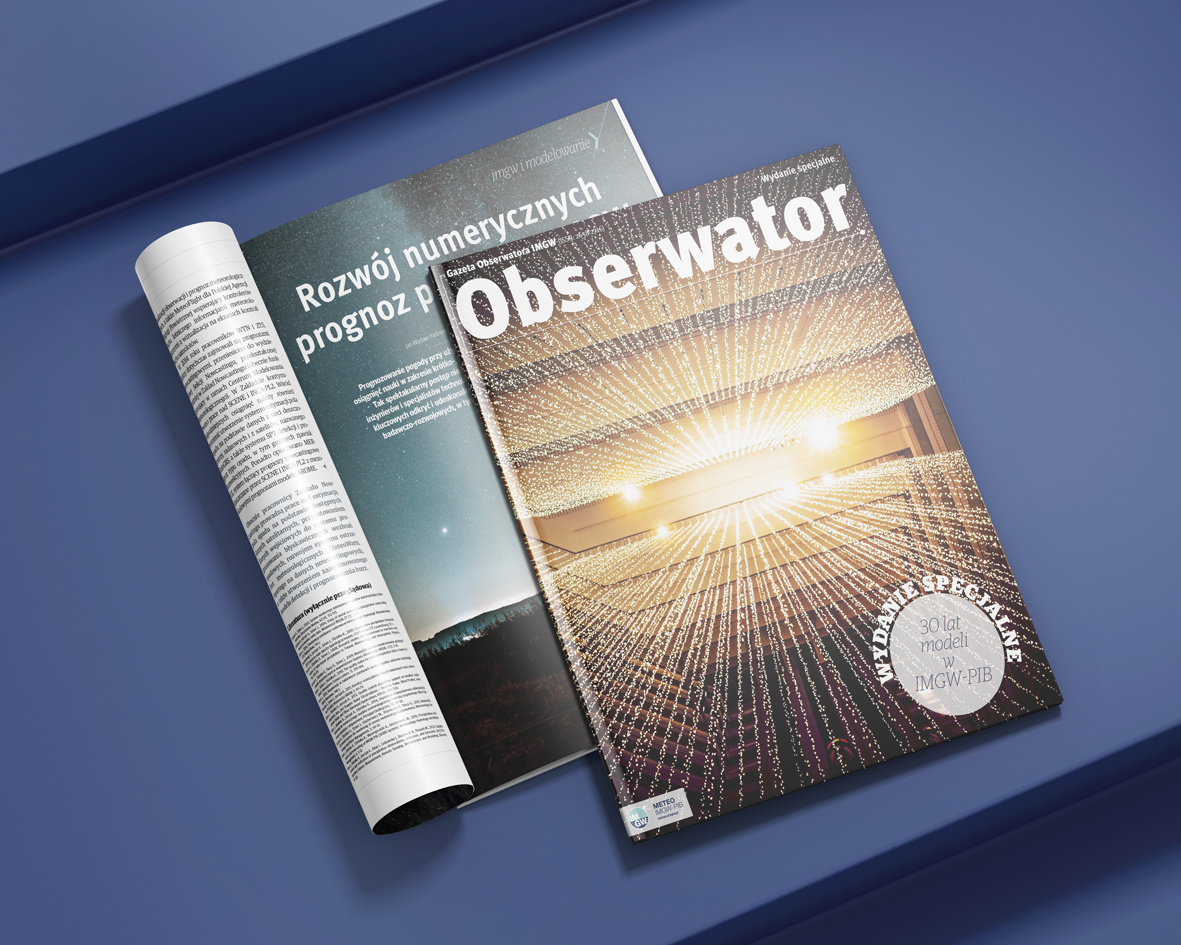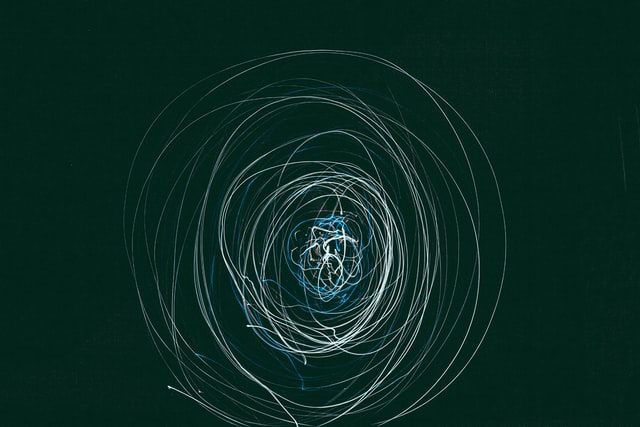This year marks the 30th anniversary of the implementation of the first numerical weather models at the Institute of Meteorology and Water Management. It is the right time to look at historical annals and recall the beginnings of weather forecasts prepared using supercomputers. This extraordinary story started in 1989 when communism ended in Poland and the Berlin Wall fell in Germany – symbols of the Cold War and the division of the world after World War II.
With building a democratic political system and a free market, many hitherto unknown innovative solutions in the product, organizational, social, and technological spheres came to our country from Western Europe and the United States. It was a time of numerous economic and scientific initiatives. The transformation of the political system opened possibilities for cooperation between specialists from both sides of the Iron Curtain also in the field of meteorological services. The first such initiative was the concept of a consortium for numerical weather modelling developed by Météo-France in 1990. Poland, represented by the Institute of Meteorology and Water Management, was one of the first countries to join the project and thus gain access to the ALADIN model. The Internet was not a global network at the time. Only selected scientific and academic units had access to it. The first versions of the model, on which Polish scientists worked, were brought on low-capacity magnetic media, such as floppy discs that were popular at that time. Various perturbations caused that ALADIN model was implemented at IMGW only in 1998 under a cooperation agreement with the Cyfronet supercomputing centre. However, it was not the first operational numerical weather model in Poland. The precursor in this field was the Interdisciplinary Centre for Mathematical and Computational Modelling (ICM) at the University of Warsaw, where a team from the IMGW launched a modern local model of the British Met Office on the Cray supercomputer at the turn of 1993 and 1994.
The need for further development of reliable numerical forecasting models was dramatically confirmed by the flood of the millennium in 1997. Therefore the implementation of new generation non-hydrostatic numerical weather models and implementation of the first supercomputer (SGI 3800) at the Institute was planned within the framework of the SMOK (Hydrometeorological Monitoring, Forecasting and Warning System) project, which was co-financed by the World Bank. At the beginning of the new millennium, an agreement was signed with DWD (German Weather Service), under which IMGW launched the COSMO-LM model at the turn of 2001 and 2002. At that time, the Institute became a member of the COSMO consortium, working on the creation of a non-hydrostatic model of high-resolution meteorological forecasts, which was to be used both for operational and research purposes by the member states. Since then, IMGW could use two operationally working mesoscale models. In 2015, the consortium decided to replace the COSMO model with a new one, which is a local version of the global ICON (ICOsahedral Non-hydrostatic) model, characterized by much better numerical stability and allows for the preparation of forecasts at higher spatial resolutions than its predecessor.
At the same time, IMGW was working on implementing nowcasting models that used measurements from a control and measurement network and meteorological radars. In 2010, the Institute joined the European project INCA-CE (INTERREG), under which the Austrian meteorological service ZAMG made available to its partners its own INCA model for nowcasting of basic meteorological fields. After several years of work based on INCA, a Polish version was created – the INCA-PL model, which has been successfully used in various implementations until today. The long-term probabilistic models, which are becoming increasingly significant for the economy and society’s development in the era of climate change, have also not been forgotten.
The achievements to date of a small team engaged in numerical weather models, currently working at the Meteorological Modelling Centre, would not be possible without extensive national and international cooperation within consortia and individual contacts. Due to this, new solutions in the field of modelling and parameterisation and the implementation of numerical weather models in aviation meteorology, hydrology, climatology, energy, and many other areas of science and economy are being implemented. Thirty years of history confirm the difficult path followed by a group of wonderful people who have devoted – and continue to devote – their professional lives to understanding the mechanisms governing the atmosphere and the hydrosphere to develop and build ever more perfect numerical weather models. Thanks to their work, we can know the future in the weather with a high degree of probability before it happens.

An unique issue of magazine Obserwator, dedicated to numerical numerical models, coming soon. https://www.imgw.pl/instytut/imgw-obserwator.
Author: Mariusz Figurski | IMGW-PIB/Director of the Meteorological Modelling Centre.
Main photo: Gertruda Valaseviciute | Unsplash.








